A snood tube is a stylish element of everyday look, combined with a coat, jacket or down jacket.
It provides good protection from cold wind and frost and can be made independently with knitting needles using simple patterns, with a description accessible to beginners, from wool, acrylic or cotton yarn, using threads of different shades or decorated with an openwork pattern without a seam.
Necessary materials
Snood-truda is a wide, ring-shaped scarf that is tied around the neck in several layers.
Suitable for creating a multi-layered look, it has no seams and is versatile - it can be easily straightened out like a stole or bolero or thrown over the head, used instead of a bonnet (bakalava) or hood to protect against cold wind and frost.
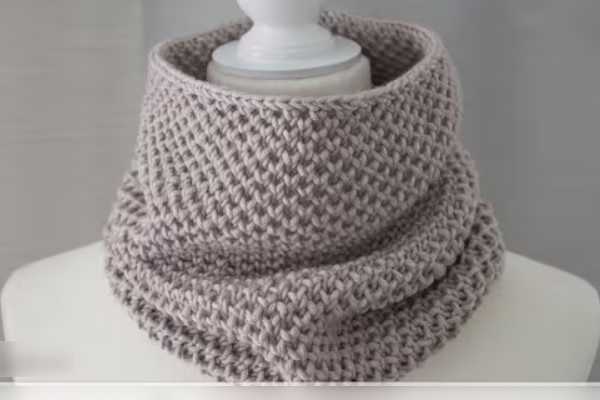
You can wear it in winter or off-season, instead of with:
- shortened coat;
- fur coat or sheepskin coat;
- jacket, blazer or shirt.
The snood-pipe is knitted with knitting needles as a single piece or in a circle, while its final shape, as well as the knitting order, can vary depending on the master’s wishes.
Tools required:
| Yarn | The choice of threads for knitting depends on the size and purpose of the product. · Cotton yarn is used when working on a snood for the warm season, intended to complement a jacket or blazer (for example, Astra Premium Milk Cotton or Shuya textile "Rimini"). · The autumn model is knitted from acrylic or bamboo threads (for example, Diva Fine Alize 382 or Bamboo). · When creating a winter model, we use merino or alpaca wool yarn with 10-15% acrylic or nylon content (for example, Bebe Sheep Premium Wool or Wool Time Alize), which will allow the finished product not only to retain heat, but also not to lose its shape when washed. |
| Spokes | You can knit a snood with straight, shuttle or circular knitting needles, selected according to the yarn. In this case, you also need to remember that:
· The needles should be 2 sizes smaller than the selected threads. · They should be made of wood or bamboo, which will prevent the yarn from slipping and will make the work much easier. · Experienced craftsmen can use aluminum knitting needles when knitting a wool snood, which provide smooth sliding and speed of stitch casting, but for beginners they can be quite difficult to use. For ease of work, novice craftsmen can take circular knitting needles with a 60-80 cm cord, knitting the snood in a circle. |
| Additional materials | · scissors;
· thread with a needle; · marker; · ruler for determining knitting density; · a notebook or a notepad for notes. |
Before starting work, you also need to decide on the size of the future product, for which you should:
- Determine the girth and height of the neck by measuring the distance from the chin to the dimple on the collarbone with a measuring tape. The resulting value should be multiplied by 2.5, resulting in the optimal width of the snood.
- Decide on the length of the product, varying depending on the number of turns of the scarf.
Master classes
A snood-pipe knitted with knitting needles (with description) without a seam can be made from cotton, acrylic or wool yarn and differ from other models in width, pattern or shade.
Depending on your skills, you can knit:
- A simple model of a snood without a seam, made with a regular elastic band 1 * 1 or 2 * 2 textured threads or yarn with a melange shade. Despite the simplicity of execution, such a model will look quite impressive and will suit both a coat and a jacket.
- A product with a pearl pattern made of multi-colored, mixed yarn. Such a snood looks like a stylish, independent accessory, perfectly complementing an everyday image in urban style.
- A snood in one turn, using dense knitting with a one-sided pattern. Wool yarn is taken for such work, and the product itself, if desired, can also be used as a hood.
- Using an openwork pattern made of thin yarn. In this case, the snood will be quite short, and you can complement it with a hat of the same shape.
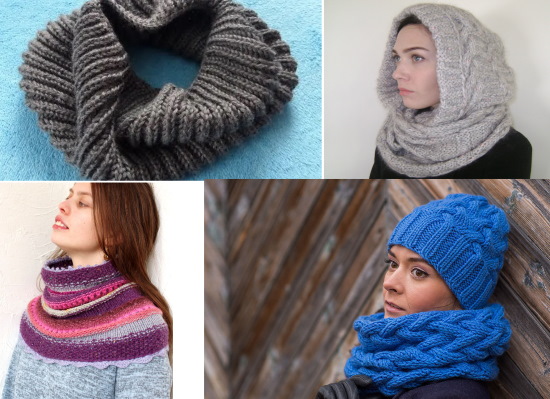
- A snood-pipe with braids made of soft woolen threads (merino or alpaca wool). The voluminous model, which retains heat well, will look great with a winter jacket or sheepskin coat.
With a lush elastic band
A snood-pipe knitted with knitting needles (with description) without a seam with a simple fluffy elastic band is easy to make and accessible even to novice craftsmen.
The finished product is quite voluminous and embossed, but at the same time very airy, and it is knitted in a circle with constant alternation of rows with front and back loops. The width of the finished fabric should be at least 50 cm, and the length - 140.
To work you will need:
- 123 m/100 g wool yarn (for example, Semenovskaya Arina);
- knitting needles No. 7;
- thread of a suitable color with a needle;
- scissors.
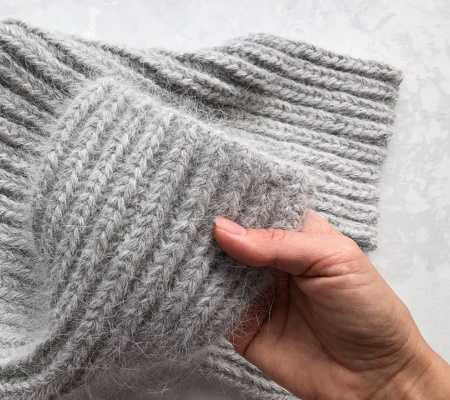
To calculate the exact number of loops and determine the knitting density before starting work, it is recommended to knit a sample, casting on 20-30 loops on the knitting needles and knitting 23 cm of fabric according to the pattern:
- 1st row – elastic band 1*1;
- 2nd and 3rd rows – rapport – front loop from the bottom row + back loop.
Once you have decided on the pattern, you can start working on the product, which requires:
- Cast on an even number of stitches (e.g. 40-80) + 1 (to close into a circle) on circular knitting needles. The exact number will depend on the thickness of the yarn and the desired diameter of the product, then:
- In the 1st row, remove the edge loop and, starting knitting from the front loop, perform a row with a 1*1 elastic band (alternating front and back loops).

- In the 2nd row, start making the “lush elastic” pattern, for which insert the knitting needle into the front loop of the previous row and knit it, forming a loop with a yarn over.
Drop the top loop from the knitting needle and unravel it, and knit the next one, the purl one, as a purl one. Continue this rapport to the end of the row.
- Knit the 3rd and subsequent rows exactly the same as the 2nd until the fabric reaches the desired length (for example, 140 cm).
- Close all loops at the same time.
If desired, the snood can be knitted as a single piece (without knitting it into a circle). In this case, at the end of the work, after closing all the loops, you will simply need to sew its ends.
Garter stitch
Snood-pipe with knitting needles (with description) without a seam in garter stitch is a stylish and at the same time warm accessory. When working on it, it is best to use thick wool yarn from merino wool and knitting needles No. 4-5 or higher.
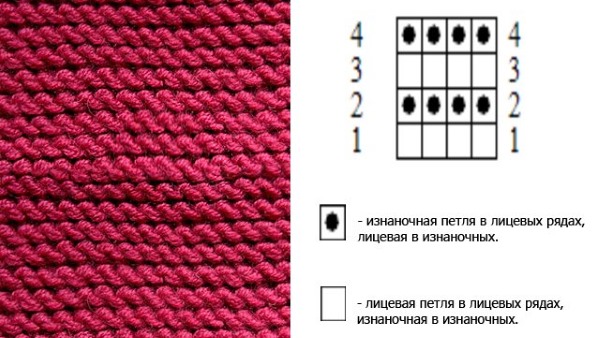
Pattern diagram:
| 1st, 3rd and all odd rows | Only face loops |
| 2nd, 4th and even circles | Purl stitches only |
When working on the product you will need:
- Cast on 140-160 stitches (their number will depend on the desired size of the product and the type of knitting needles) and knit the 1st row with an elastic rib pattern 2*2 (2 front + 2 back stitches).
- Close the knitting in a circle and complete 10 cm of fabric without changing the pattern.
- Switch to garter stitch knitting and complete 20-30 cm of the product.
- Switch back to the 2*2 elastic and complete the final 10 cm of the snood.
- Close all the loops at the same time and use a needle to pull the thread through and hide it inside.
With pearl pattern
A fairly simple "pearl pattern" can be used to knit a snood for a girl from acrylic or wool yarn. It turns out to be quite voluminous and retains heat quite well.
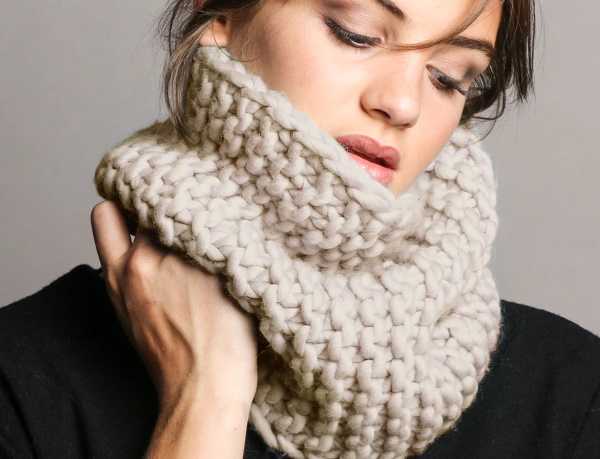
When using 80 g of Pekhorka “Children's Caprice” yarn (50% wool and 50% fiber) with a density of 50 g/225 m, the finished product will have a diameter of 60 cm and a height of 30 cm.
You will also need the following for work:
- circular knitting needles No. 3.5 or 4;
- scissors;
- marker.
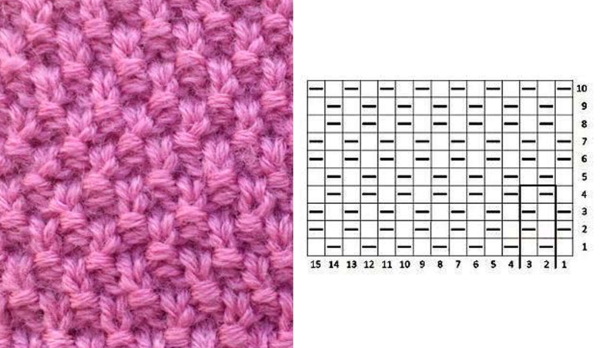
The knitting density will be 15*10, and when working on the product you will need:
- Cast on 4 stitches (for example, 84), add one stitch to them and close the knitting in a circle.
- Knit 4 rows with a 2*2 elastic pattern (alternating 2 front and back loops), and then switch to the “pearl pattern”, knitting:
- In the 5th row, the pattern is 1 front and 1 back loop.
- In the 6th row, the pattern is preserved, but a purl stitch is made over the front stitch and vice versa, a front stitch is made over the back stitch.
- Proceeding in a similar manner and alternating loops in rows, complete 27 cm of fabric and move on to a 2*2 elastic band to complete the work.
- Knit it 3 rounds, and in the 4th row close all the loops.
English elastic
Snood-pipe knitted with knitting needles (with description) without a seam, made with elastic English elastic, has a beautiful double-sided pattern.
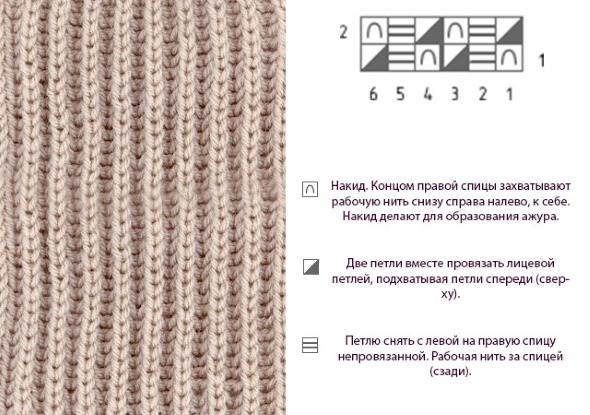
It is made using:
- Alize merino wool yarn 50g/115m;
- circular knitting needles No. 3 (with a 60 cm cord).
Pattern diagram located between edge loops:
| 1st row | 1 front loop + yarn over + loop removed from the left onto the right needle without knitting + 1 front loop. |
| 2nd row | 1 purl stitch + knit stitch and yarn over from the previous row, knitted together + yarn over and purl stitch, removed from the left needle to the right needle without knitting. |
| 3rd row | 1 front loop + yarn over, after which the next loop is removed to the right knitting needle + loop knitted together with the yarn over. |
| 4,6,8,10 rows | Performed according to the rapport of the 2nd row. |
| 5,7,9,11 rows | Knit the same as the 3rd round. |
When working on a product you need to:
- Cast on an odd number of stitches onto the knitting needles.
- Knit the first row with a 1*1 elastic pattern (alternating front and back loops) and close the knitting in a circle.
- Switch to knitting the English rib pattern and knit 100-140 cm of fabric.
- Close all the loops at the same time, using the needle to pull the thread through and hide it inside.
From crossed loops
This stylish snood-pipe made of crossed loops has an approximate length of 91 cm and a width of 23 cm, and is made from Pekhorka yarn (60g/100m).
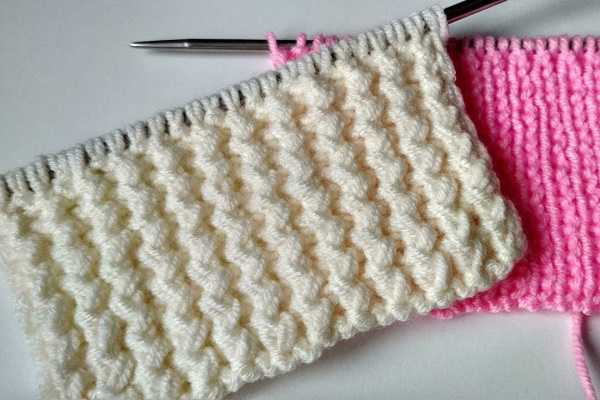
You will also need:
- knitting needles No. 4;
- thread with a needle;
- marker.
During work you need to:
- Cast on 192 stitches and mark the beginning of the round with a marker.
- Knit the first 2 initial circles according to the pattern - 1 front loop + rapport of 2 purl loops, performed until the last 3 loops. After this, to complete the row, knit 2 purl + 1 front loop.
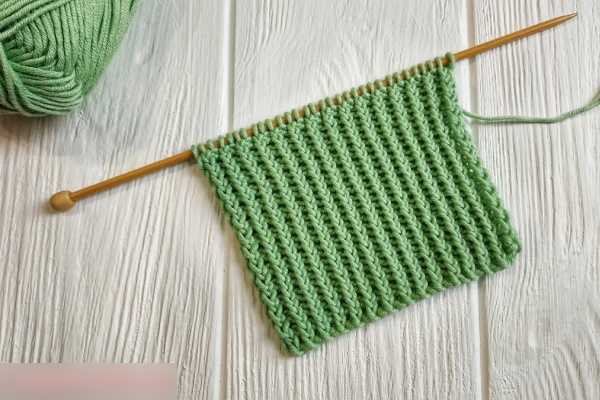
Next, knitting is carried out with crossing loops, while:
- In the 3rd row, you need to make a rapport of 8 loops crossed to the right + 8 loops crossed to the left. Repeat it until the end of the circle.
- From the 4th to the 10th row, knit 1 front loop + a rapport of 2 purl and 2 front loops. Repeat until the last 3 loops, and finish each circle with 2 purl and a front loop.
- In the 11th circle, the pattern will consist of 8 left crossed + 8 right crossed loops, repeated until the end.
- Rows 12 through 18 are worked according to the 4-10th circle pattern.
- From the 19th to the 28th row, you will need to repeat the pattern made from the 2nd to the 11th circular row, and on the last two circles of the snood, you should knit a pattern of alternating 2 purl and front loops. In this case, you need to finish each row with 2 purl and a front loop.
- Close all loops at the same time.
Two-tone
For a 2-color snood-pipe you will need 2 skeins of acrylic yarn in different shades (for example, dark blue and turquoise, 220 g/132 m thick).
And also:
- circular knitting needles No. 11-12;
- marker;
- scissors.
The dimensions of the finished product are 18 cm in height and 125 cm in circumference. To create it you will need:
- Cast on 88 stitches and knit the first row with a simple 1*1 elastic band, then knit 3 rows with garter stitch, alternating rows with front and back stitches.
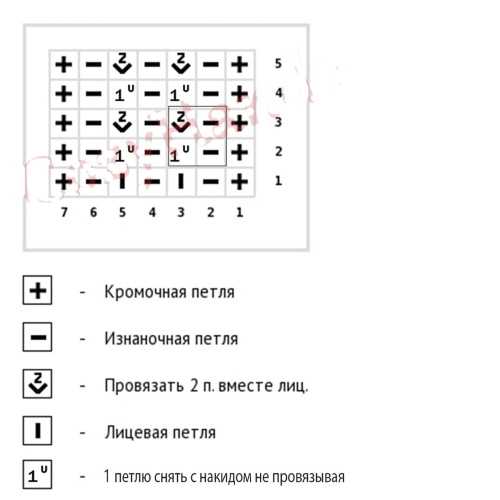
- Switch to the "semi-patent elastic" pattern, while:
In the 1st row, make a repeating pattern of 1 front loop + 1 yarn over, removed together with the next loop to the wrong side.
In the 2nd round, knit a repeating pattern of one yarn over, then slipped together with the next stitch. Pick up the yarn over from the previous row with a knitting needle and knit it together with the next stitch.
In the 3rd row the pattern changes to a stitch with a yarn over, picked up with a needle from the bottom row and knitted together, followed by 1 yarn over and the next stitch slipped to the wrong side.
- When performing subsequent rows, you will need to alternate the rapports of the 2nd and 3rd circles, using turquoise and dark blue yarn in sequence (4 rows of each).
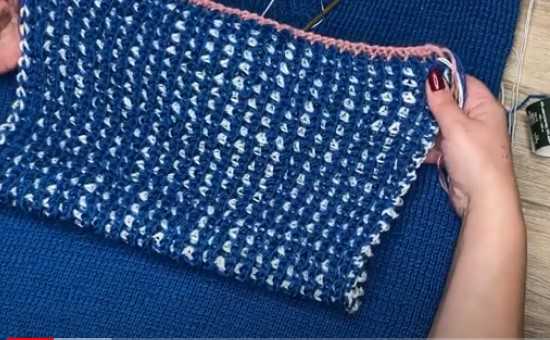
- Using the “semi-patent elastic” pattern, knit 28-29 rows (alternating the colors of the yarn) and close the garment by knitting the last 3 rows with turquoise yarn using the “garter stitch” pattern (alternating rows with purl and knit stitches).
- Close all loops at the same time, cut the thread and carefully hide its end inside the finished row.
With braids
The seamless braid snood tube turns out to be quite voluminous, primarily due to knitting with double thread, as described below.
To work on it you will need to take:
- 3 skeins of melange yarn (made from alpaca wool with the addition of 4% nylon) with a density of 50g/110m.
- circular knitting needles No. 7 (40-60 cm long);
- auxiliary knitting needle for braids No. 7;
- stitch marker.
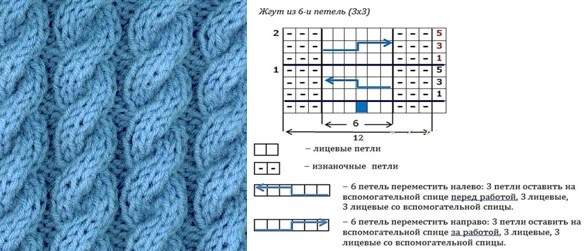
The approximate knitting density is 10*10 cm (when using knitting needles No. 7).
During work you need to:
- Using double thread, cast on 144-156 stitches onto knitting needles, close them into a circle, cut one thread and without pulling the yarn, knit 5 rows of the product with the front surface (front stitches in the forward and reverse direction).
- Continue knitting, alternating rows with front loops, performed in direct and reverse tension with a pattern of "braids". For this, 1 purl loop is knitted in a circle and a rapport of 8 front (braid) + 1 purl + 5 front + 1 purl + 8 front (braid) + 1 purl loop, performed 5-7 times.
- Attach 1 marker to the fabric on both sides - to the first purl stitch of the row and to the purl stitch after the 6th “braid”.
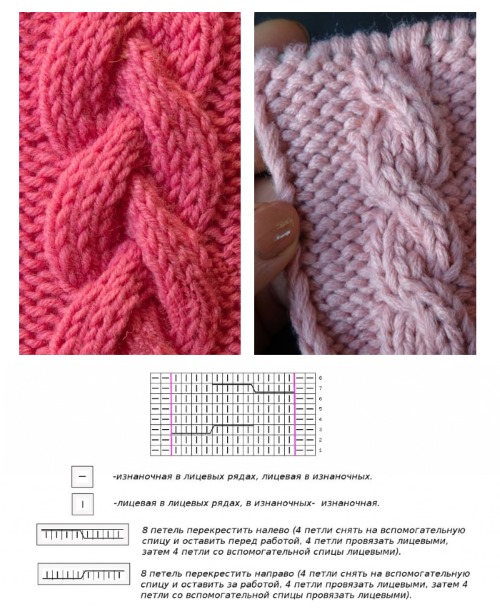
Using the pattern as a guide, complete 3 rows and then cross the loops in the braids, for which:
- In all odd braids, leave 4 loops on an additional knitting needle (before work), knit the next 4 loops, and after them attach the knitted loops picked up from the additional knitting needle.
- In all odd “braids” - leave 4 loops on an additional knitting needle behind the work, knit the next 4 and attach to them the knitted loops from the additional knitting needle.
- You need to make such “braids” in every 6th row until the end of the work on the product.
- In the areas with the front surface between the braids in the 10th (12th) row, perform a decrease - 1 purl + a rapport of 8 front loops + 1 purl loop + 2 loops knitted together with the front loop + 3 front loops.


After that, 1 loop is removed, a new front loop is made and pulled through the removed loop with a knitting needle, then another 1 purl + 8 front loops and a purl loop are made. This rapport is repeated 6-7 times until there is 1 purl loop left in the row.
- Rows 11-15 are worked alternating stockinette stitch and braid pattern.
- In the 16th row, knit – 1 purl stitch + 8 knit stitches + 1 purl stitch + 1 slipped stitch + 2 knit stitches knitted together, pulled through the previous slipped stitch + 1 knit stitch + 1 purl stitch + 8 knit stitches + 1 purl stitch. Repeat the pattern 6-7 times.
- Rows 17-19 are done by alternating the “braid” pattern and the front surface.
- In the 20th round, knit 6-8 times the pattern of 8 knit stitches after the purl stitch + 1 slipped stitch as a purl stitch + 2 knitted together as purl stitches, pull them through the slipped stitch with a knitting needle and add 8 knit stitches and 1 purl stitch to them.

- From 21 to 28 knit, alternating rows with front loops, worked in the forward and reverse direction, and rows with a pattern for “braids”.
- Finish the work by closing all the loops from the wrong side, fasten the ends of the threads and steam the finished product.
Tips for Beginners
When knitting voluminous snood scarves, experienced craftsmen recommend to beginners:
- At first, use simple patterns such as “pearl” and “lush elastic” in your work, gradually moving on to more complex ones.
- Before starting work on a product, it is essential to make a control sample 10-20 cm long, which will allow you to evaluate the pattern and determine the knitting density.

- Use only high-quality yarn for knitting, purchasing it in a suitable shade. The length of the thread in a skein may vary from manufacturer to manufacturer, so for a finished product you will need to take from 50 to 200 m of yarn.
Its quantity will vary depending on the volume and length of the desired product.
- The thickness of the knitting needles should correspond to the thickness of the yarn or be 1-2 sizes smaller. This is done in order to obtain a more voluminous, relief product. You can also use a double thread when knitting.
- Use smooth knitting needles for work, without roughness or nicks. For working with wool yarn, a product made of wood or bamboo is suitable, and when knitting with acrylic threads, it is recommended to use aluminum knitting needles.

- Be sure to use a marker, marking the beginning and end of each rapport, which will help you not to get lost while working. Experts also recommend that you always knit the started row to the end before putting the work aside.
A seamless snood tube is a beautiful and stylish accessory that can complement any look.
Knitted with knitting needles according to fairly simple patterns with a description from wool, cotton or acrylic, it is distinguished by a beautiful and voluminous relief pattern and retains heat well, being worn as a multi-layer scarf or hood.
Video about knitting
Snood tube with knitting needles:
